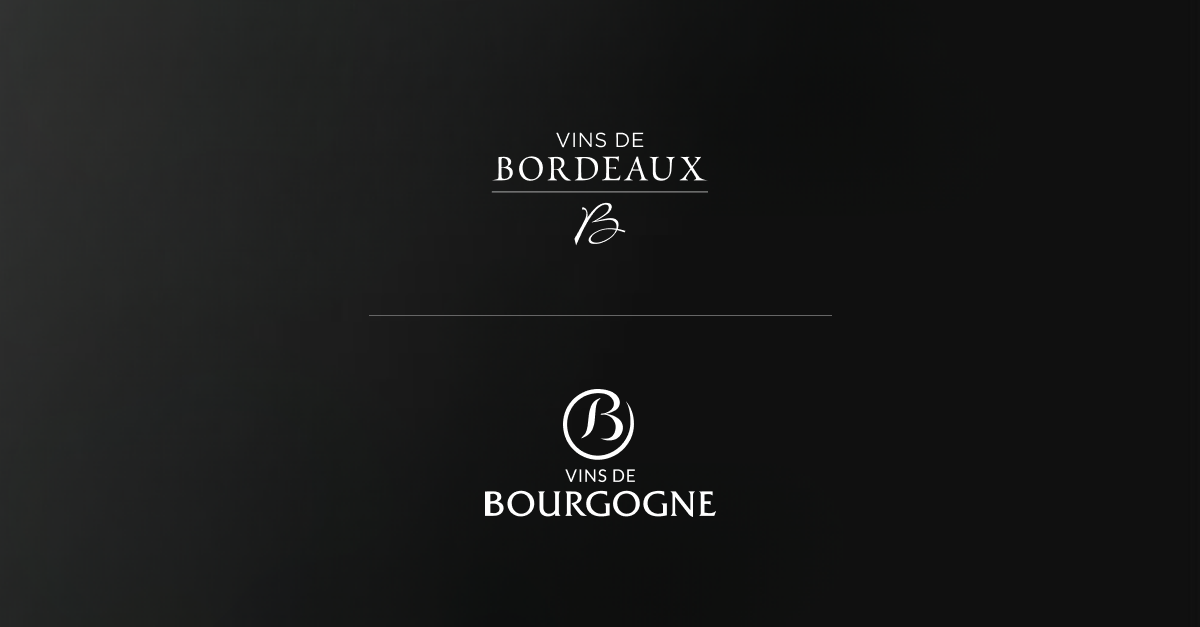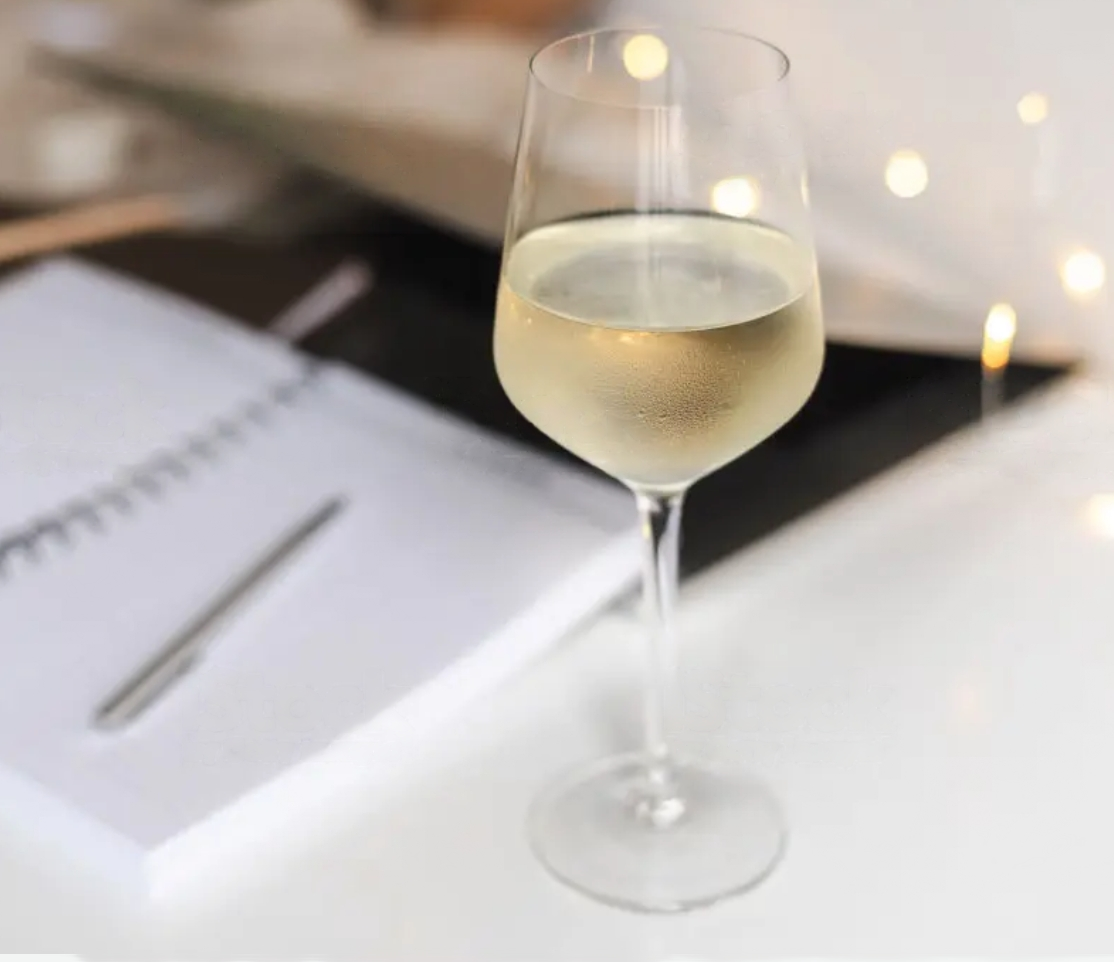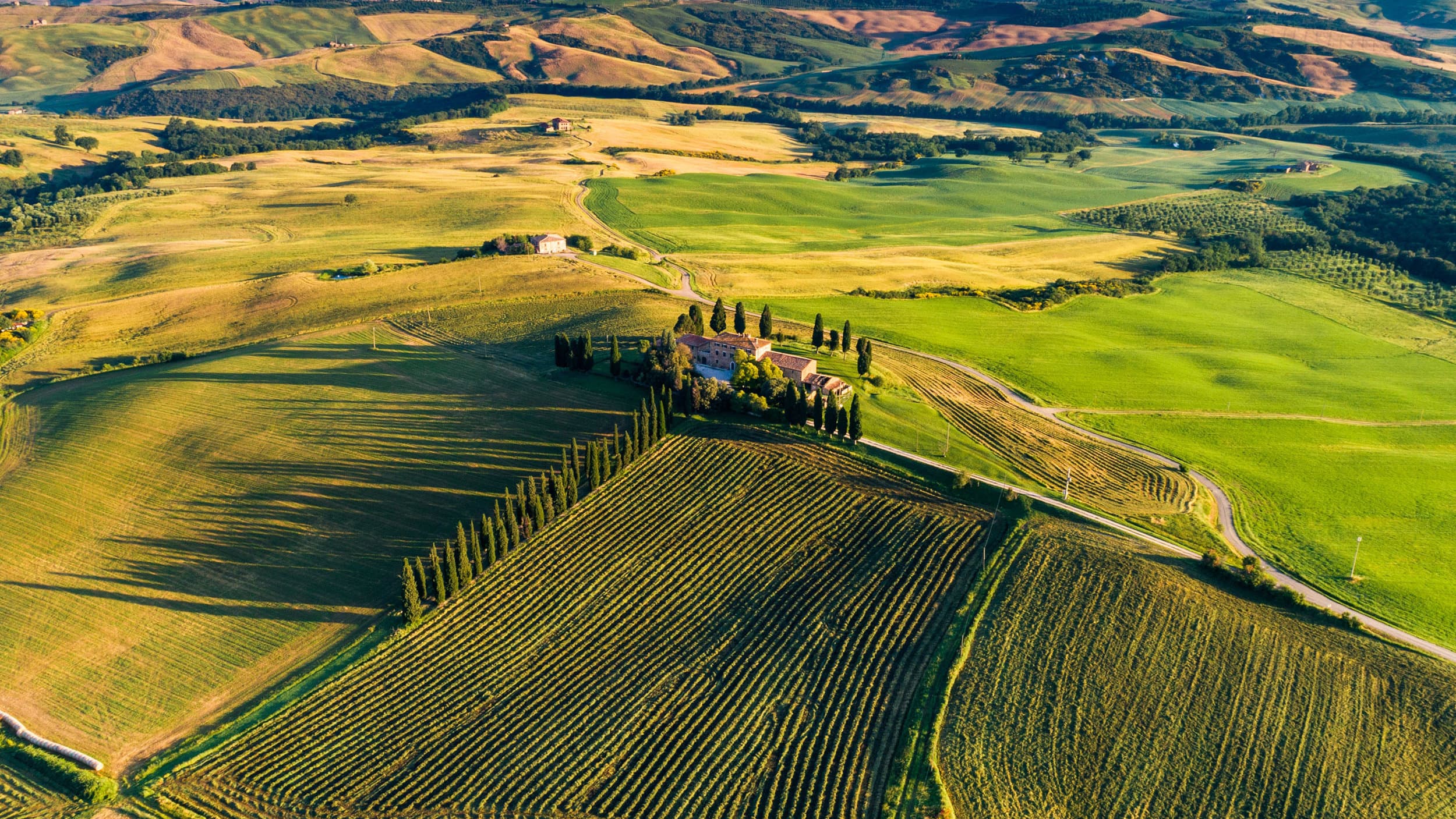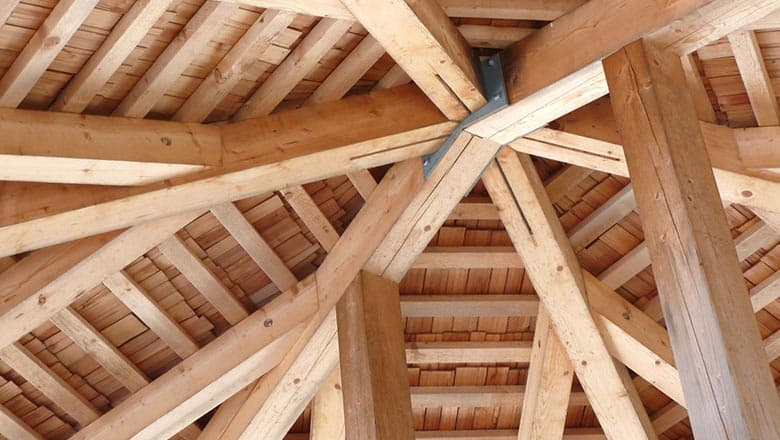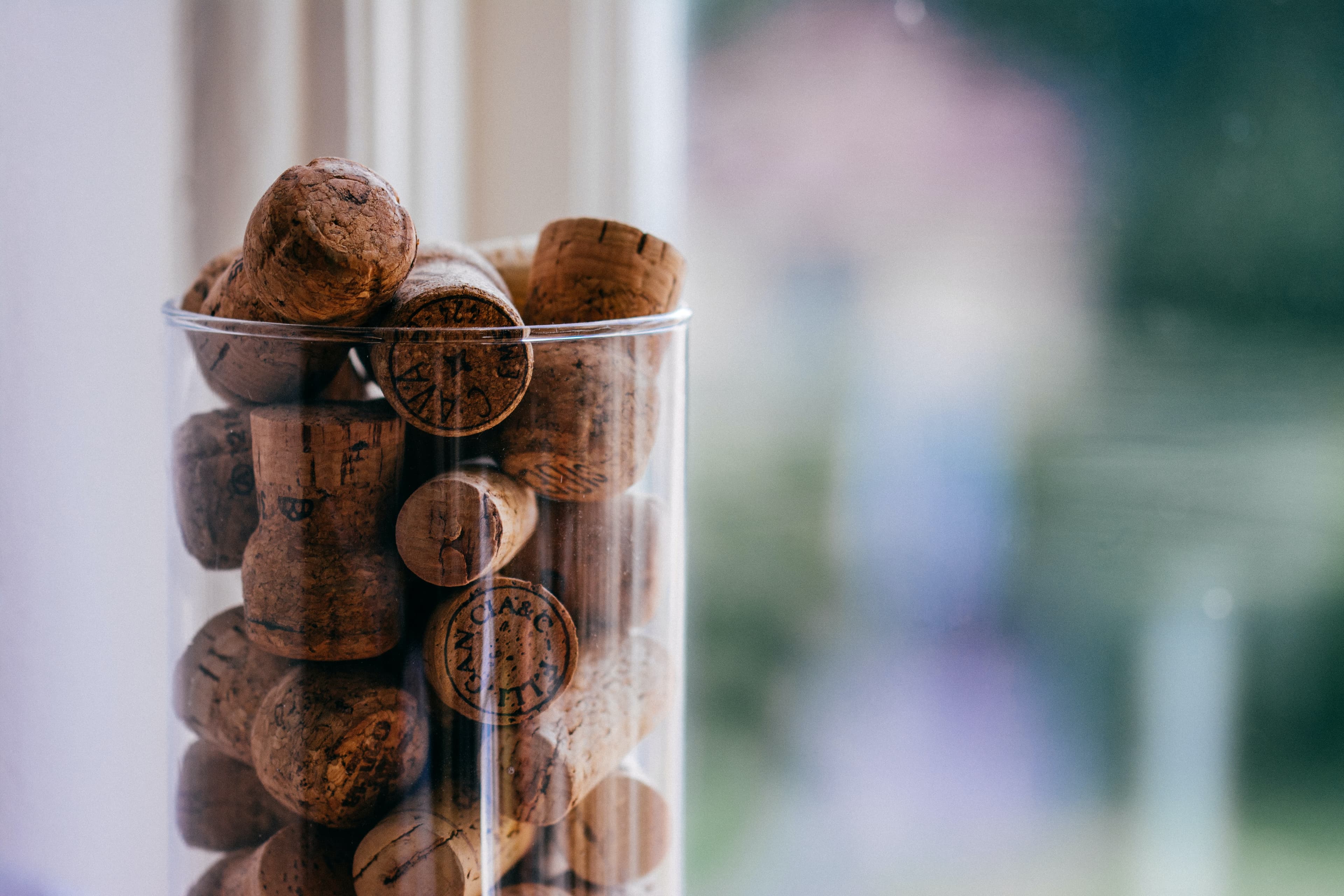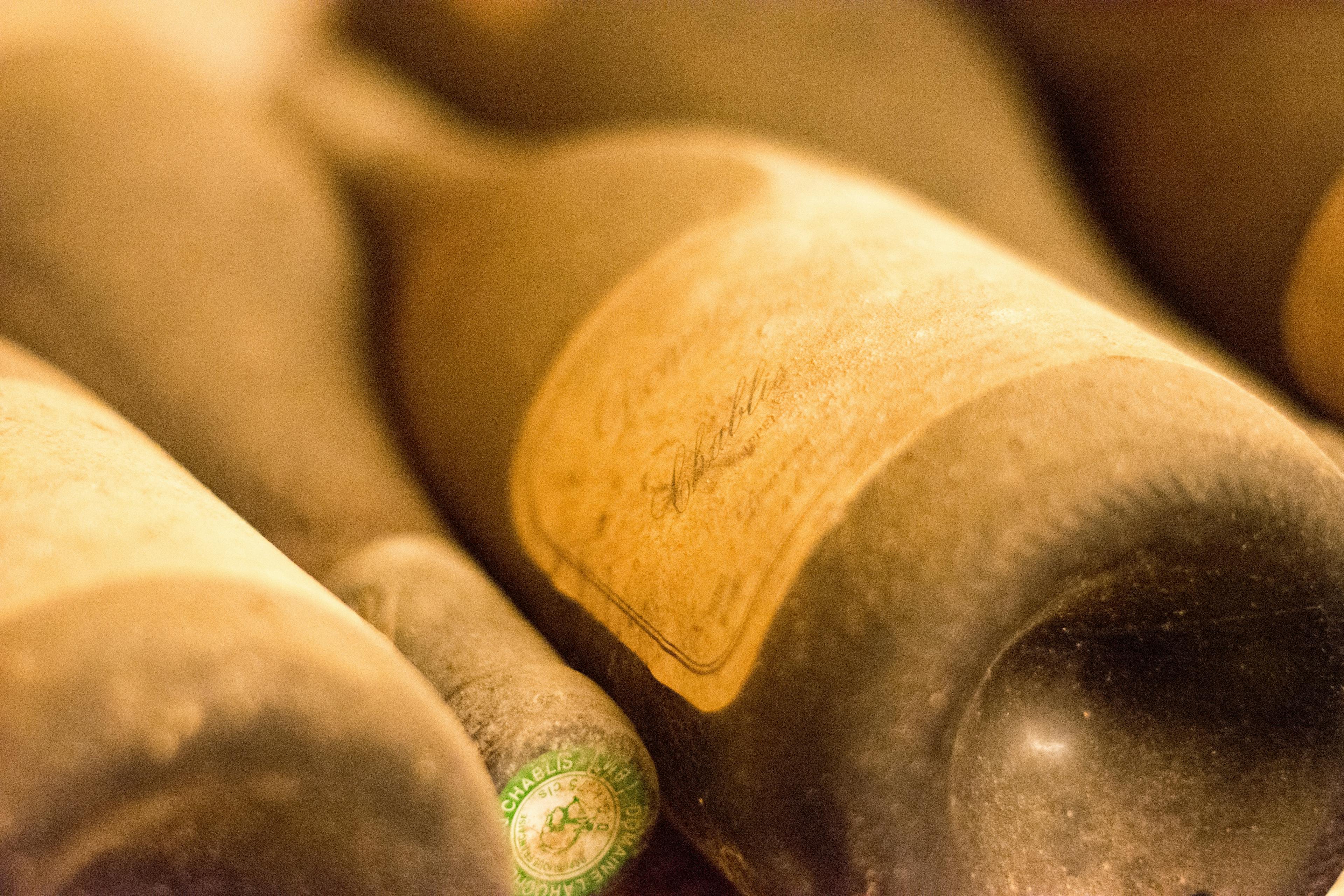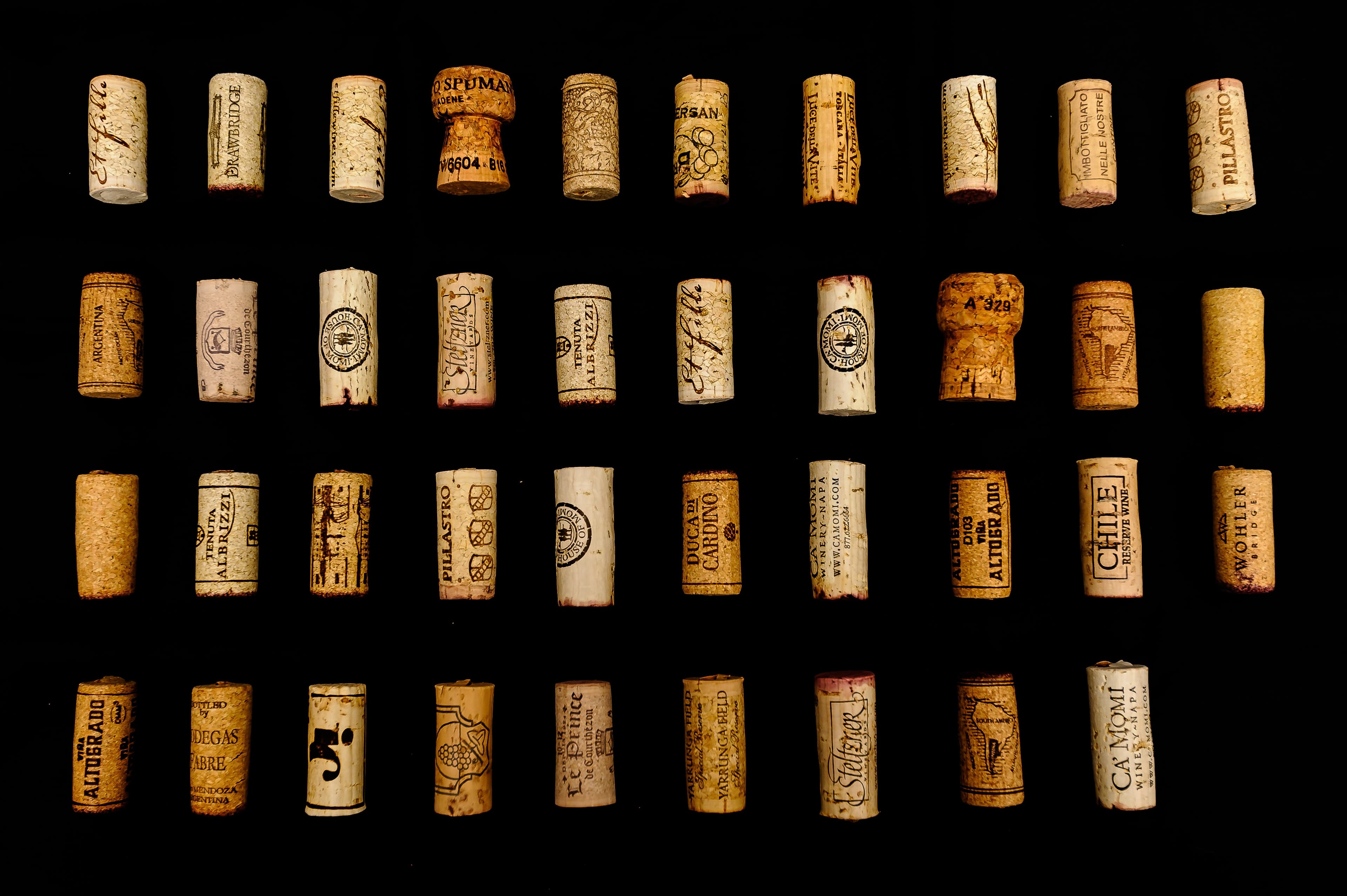
The Concept of Collectible Wines
The concept of collectible wines is one that has intrigued and beguiled wine enthusiasts and connoisseurs for centuries. At its core, a collectible wine is one that holds significant value, not just in a monetary sense, but also in terms of its historic, cultural, or aesthetic significance. It is a wine that is esteemed and sought after, often leading individuals to pursue it with a fervor akin to that seen in the world of art or antique collection.
Collectible wines are often associated with a rich tapestry of factors, each contributing to the allure and desirability of the bottle. These factors range from the pedigree and reputation of the producer, the quality of the vintage, the scarcity of the wine, to its longevity or ability to mature gracefully over time. However, it is vital to clarify that a wine's collectability does not necessarily equate to its quality; a wine can be of exceptionally high quality, yet not be deemed collectible.
Indeed, the world of collectible wines is a complex one, steeped in tradition and nuanced with intricate details. It is a sphere where the narrative of the wine, the story of its creation, and the journey it has taken from vine to bottle can often hold as much weight as the sensory experience it provides. It is an arena where knowledge, discernment, and a deep appreciation for the art and science of winemaking come together, resulting in collections that are as much about passion and personal satisfaction as they are about investment and status.
Characteristics that Make a Wine Collectible
Producer Reputation
Provenance is a crucial factor in the realm of wine collecting, and the reputation of the wine producer plays an indispensable role in this context. A reputation built upon the consistent production of high-quality wines can transform an ordinary bottle into a prized collectible. In the world of wine, certain names carry an air of prestige, reflecting decades, if not centuries, of winemaking expertise and heritage.
Reputation is not built overnight; it is the product of years of dedication, practice, and a relentless pursuit of perfection. Many factors contribute to a producer's reputation, including the quality of their vineyards, their winemaking techniques, and their ability to consistently produce exceptional wines year after year. The reputation of a wine producer, therefore, is a reflection of both their commitment to quality and their expertise in the art of winemaking.
The significance of producer reputation is further underscored by the fact that certain wine regions are renowned for their high-quality production. Wine producers from regions such as Bordeaux, Champagne, and Burgundy have historically been the source of many collectible wines. Their legendary status has been cemented by their consistent production of exceptional wines over many decades.
Collectors are often willing to pay premium prices for wines from reputable producers. The association of the producer's name with quality, history, and scarcity often guarantees a wine's collectability. Thus, the reputation of the wine producer stands as a profound determinant of a wine's value in the eyes of collectors.
Rarity & Scarcity
From an economic standpoint, the fundamental principle that governs the value of any commodity is the law of supply and demand. In the realm of wine collecting, this principle manifests in the form of rarity and scarcity. Wines that are limited in production, or those that are no longer being produced, invariably attract higher prices and are more coveted by collectors.
The principle of rarity applies not only to the wine itself but also to the specific bottles. In some instances, the number of bottles remaining in the world can significantly influence a wine's collectability. For instance, wines that were produced in very limited quantities or special editions with unique bottle designs often become collectibles.
Scarcity, on the other hand, refers to the limited availability of a wine due to factors beyond production. These factors can include issues with distribution, political restrictions, or even natural disasters that affect a vineyard's yield. The scarcity of a wine can cause prices to skyrocket and make the wine highly sought-after among collectors.
However, it is worth noting that rarity and scarcity alone do not make a wine collectible. These factors must be coupled with other characteristics such as the wine's quality, vintage, and producer reputation. A rare wine that lacks quality or longevity will not hold as much value in a collection. Similarly, a scarce wine from an unknown or less-respected producer may not be as desirable as one from a renowned winemaker.
Therefore, understanding the concepts of rarity and scarcity is crucial for any aspiring wine collector. Yet, they should not be the sole factors considered when deciding which wines to collect. Equally important are the wine's inherent qualities, its potential for aging, and the reputation of its producer.
Vintage
One of the most crucial elements that determine the desirability of a wine as a collectible item is its vintage. The term 'vintage' refers to the specific year in which the grapes for a particular wine were harvested. The significance of this factor is anchored in the profound influence that the climatic conditions of a particular year can have on the grapes' quality and, consequently, the wine's taste and aging potential.
In the world of wine collecting, not all vintages are created equal. Certain years are renowned for producing exceptionally high-quality wines due to favorable weather conditions. For example, the Bordeaux region in France experienced such a year in 1982, producing wines that are still highly sought after today. On the other hand, years with unfavorable climatic conditions result in lesser-quality wines and, therefore, are less desirable to collectors.
Vintage variation is a concept that is particularly pertinent to Old World wines, where the climate is less predictable. In these regions, the weather can drastically vary from year to year, making some vintages vastly superior to others. This is less common in New World regions, where the climate is more consistent. Nonetheless, understanding vintage variation is key to making informed decisions about which wines to add to a collection.
Accurately predicting how a wine from a specific vintage will age is not an exact science, but a skill developed over time. Experienced collectors often rely on vintage charts, which provide general guidelines on the anticipated maturity and longevity of wines from various regions and vintages. However, it's important to note that these charts are only guides and there can be exceptions.
Ultimately, the vintage of a wine can significantly contribute to its collectibility and value. Collectors who wish to build a valuable and diverse wine collection should consider researching and seeking out wines from esteemed vintages. A savvy collector understands the fluctuations and nuances of vintages, using this knowledge to their advantage in their pursuit of collectible wines.
Longevity
It's essential to understand that not all wines are created to stand the test of time. The longevity of a wine, or its ability to age well, is a crucial factor that elevates it to a collectible status. Wines with a reputation for aging gracefully often carry a significant allure for collectors. These wines can evolve and mature over the years, potentially developing complex flavors and nuances that simply can't be found in their younger counterparts.
While the aging potential varies widely among wines, certain types are renowned for their longevity. These include bold reds such as Bordeaux, Barolo, and Cabernet Sauvignon, as well as some white wines like Riesling and Chardonnay. The longevity of a wine is often dictated by various factors including its acidity level, tannin content, and overall balance.
Acidity acts as a natural preservative, helping the wine to maintain its freshness and vibrancy over time. Tannin, on the other hand, provides the structure and backbone, allowing the wine to evolve and improve with age. Balance, the harmonious interplay of these elements along with alcohol and fruit, is crucial for a wine to age well.
Longevity also depends on the conditions under which the wine is stored. Factors like temperature, humidity, light, and vibration can all impact how a wine ages. As such, proper storage is key to protecting the integrity and longevity of collectible wines.
Finally, it's worth noting that a wine's ageability is not just a matter of taste. For many collectors, the ability to age is synonymous with quality. A wine that can improve with time is seen as a testament to the skill and craftsmanship of the winemaker, thereby elevating its status in the eyes of collectors.
Critic Reviews
At first glance, one might wonder: what role do critics play in making a wine collectible? The answer lies in the power of their palate and their pen. Critic reviews are an integral component in the hierarchy of what makes a wine collectible. A high rating from a respected wine critic can significantly elevate a wine's status, value, and demand, thereby transforming it into a sought-after collectible.
Robert Parker, the influential American wine critic, is a prime example of how critic reviews can impact a wine's collectibility. His 100-point rating scale has been instrumental in shaping the global wine market. Wines that receive a score close to 100 on his scale are often highly prized by collectors.
But it's not just about the score. The critic's tasting notes, detailing the wine's character, balance, complexity, and potential for ageing, are also of paramount importance. These descriptive evaluations provide collectors with an insight into the wine's quality beyond what numerical ratings can reflect, helping them make informed decisions about which wines to add to their collections.
However, one must remember that individual preferences and tastes vary. While a critic's review might provide a solid foundation for assessing a wine's potential collectibility, it shouldn't be the sole determiner. Wine, after all, is a deeply personal experience and what one individual may find appealing, another may not. As such, a balanced approach, combining critic reviews with personal taste and other factors like rarity, vintage, and provenance, is key to building a meaningful and rewarding wine collection.
Provenance
The provenance of a wine, or its origin and life history, plays a significant role in determining its collectability. This term encompasses everything from the vineyard where the grapes were grown, to the way the wine was stored and transported. It is a reflection of the wine’s authenticity and quality and can significantly impact its value.
Collectors place a premium on wines that come from renowned vineyards and regions known for producing high-quality grapes. These wines are usually made in a particular style that reflects the unique characteristics of the region, adding to their allure. The terroir, which refers to the specific environmental conditions and geography of the vineyard, contributes greatly to the flavor and complexity of the wine.
But provenance goes beyond just the vineyard. The conditions under which the wine has been stored throughout its life are equally important. Wines that have been properly stored at the right temperature and humidity levels are more likely to age well and retain their quality over time. Therefore, collectors often seek out wines with detailed storage records that attest to their excellent care.
Also, the journey of the wine, from the winery to the present owner, is vital. A wine with a clear and traceable provenance is more trustworthy, reducing the risk of counterfeits. It also provides a fascinating history that can make the wine even more appealing to collectors. A wine with an interesting story or a notable previous owner can command higher prices due to its enhanced historical value.
In conclusion, the provenance of a wine not only attests to its quality and authenticity but also adds a layer of intrigue and depth to its story, making it a worthy addition to any collection.
What to Consider Before Starting a Wine Collection
Stepping into the world of wine collecting can be an exciting endeavor, but it requires a thoughtful approach. There are certain key factors you should consider before embarking on this journey.
Define Your Purpose
Before starting a wine collection, it is crucial to ascertain your purpose. Is it for personal enjoyment, investment, or both? Personal enjoyment means you're interested in exploring the diverse world of wines, experiencing various tastes and aromas over time. An investment focus suggests you're looking at wine as a potential financial asset, which would require a more strategic approach to selecting and storing your wines. However, many collectors strike a balance between these two objectives, relishing in their wines' sensory pleasures while also considering their potential to appreciate in value.
Secure Proper Storage
Proper storage is vital for a wine collection. Wines need to be kept at a consistent, cool temperature, typically around 55 degrees Fahrenheit, and at a specific humidity level. They should also be stored away from light and vibrations, which can adversely affect their quality. If you live in a place without ideal natural conditions, it might be necessary to invest in a wine cellar, wine cooler, or a professional wine storage facility.
Set A Budget
Wine collecting can be an expensive hobby. The cost of the wine itself, coupled with storage, insurance, and possibly professional advice, can quickly add up. It is therefore essential to set a realistic budget before you start purchasing. Keep in mind that some collectible wines can cost hundreds, if not thousands, of dollars per bottle. But don't let this deter you; there are also plenty of affordable yet high-quality wines that make excellent additions to any collection.
Educate Yourself
Knowledge is power in the world of wine collecting. Understanding the intricacies of wine production, the reputation of producers, the significance of different vintages, and the impact of aging can significantly enhance your wine collecting experience. There are various resources available, from books and magazines to online platforms and wine tasting courses, that can provide valuable insights.
Remember that wine collecting is a journey and that the learning process is part of the enjoyment. As you acquire more knowledge and experience, your palate and preferences will evolve, and so too will your collection.
How to Buy a Collectible Wine?
Here are the two most common ways to invest in fine wine:
1. Wine Exchange/Online Wine Investment Platform
A professional wine investment platform like Rekolt is the easiest way to buy a collectible wine.
In just a few steps, you will be well on your way to building an exceptional wine collection.
Sign up on the website.
Purchase a wine
Sell it or redeem it whenever you want
All the wines on Rekolt are collectible wines. We ensure authenticity and we manage the storage in temperature-controlled warehouses.
Rekolt will also insure your bottle against breakage, theft, and loss.
2. Wine Auction
Another fascinating avenue for procuring collectible wines is through wine auctions. Conducted by established auction houses or specialized wine auction websites, these events often showcase a vast array of vintages, from the most renowned to the more obscure. Nevertheless, wine auctions are not merely a shopping expedition; they are a thrilling experience in themselves.
Attending a wine auction, whether in-person or online, offers an in-depth insight into the world of wine collecting. The event provides a chance to observe the buying patterns of seasoned collectors, and even engage in spirited bidding wars. However, one must not get swept away by the excitement. It's crucial to approach auctions with a strategy, one firmly rooted in research and discipline.
Before participating in an auction, prepare by meticulously studying the auction catalog. This document, usually available before the auction, provides detailed information about each wine lot. It includes the wine's producer, vintage, region, and often an estimated value range. Evaluating this data enables potential buyers to identify the lots they are interested in and decide on a maximum bid for each of them.
It's also important to note that there is usually a buyer's premium added to the winning bid. This fee, typically a percentage of the final bid, goes to the auction house. Therefore, when setting a maximum bid, ensure that it includes the expected buyer's premium.
Lastly, participating in wine auctions, whether physical or online, necessitates a level of wine knowledge and financial commitment. Novice collectors should consider starting with smaller auctions or buying in partnership with a more experienced enthusiast. This approach can offer a less risky entry point into the complex and rewarding world of wine collecting.
Start Building A Fine Wine Collection Today!
Embracing the art of wine collecting not only offers an intriguing way to diversify your investment portfolio, but it also promises the potential for gratifying returns. However, the key to this lies in the judicious selection of the perfect bottle.
Get in touch with Rekolt and add a great wine to your portfolio today!
Share this article
